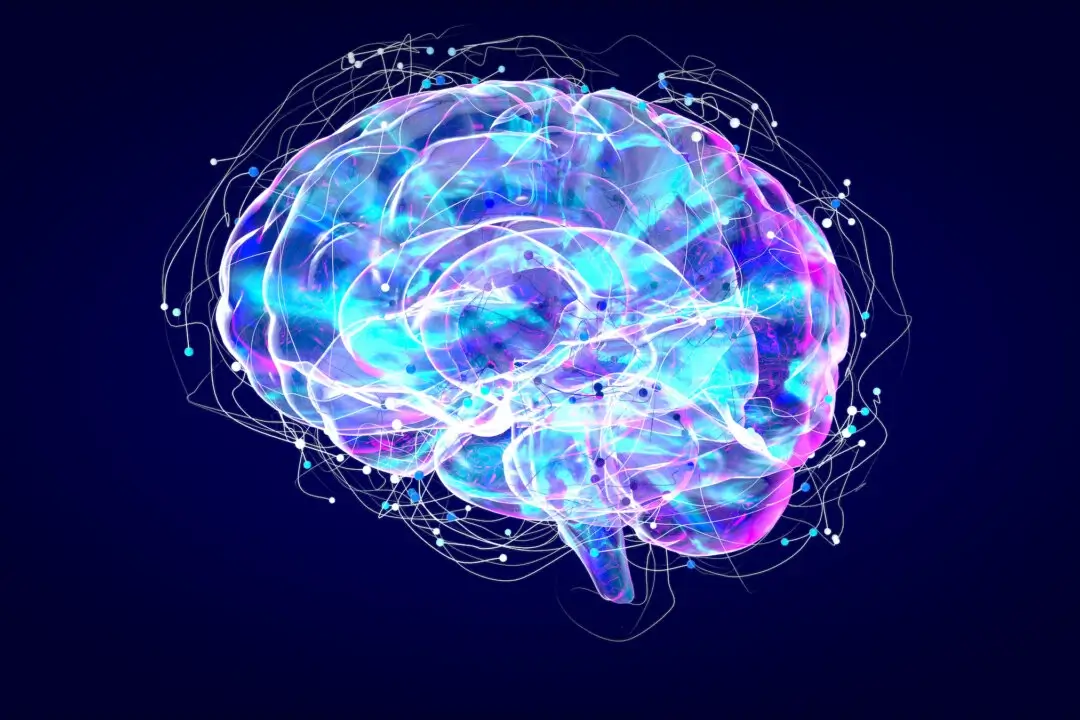
Harvard, Google Team Up To Make The Most Detailed Human Brain Map To Date
Harvard and Google collaborate to create the most detailed 3D reconstruction of human brain tissue, shedding light on neural complexity in humans.
By: Amie Dahnke | The Epoch Times
Harvard scientists and Google researchers have created the largest 3D reconstruction of the human brain to date.
Although just a cubic millimetre of brain tissue, the mapping contains 57,000 cells, 230 millimetres of blood vessels, 150 million synapses, and accounts for 1,400 terabytes of data.
The pioneering work was led by Dr. Jeff Lichtman, a neuroscientist and a professor of molecular and cellular biology specializing in connectomics. This is a fairly new field dedicated to creating comprehensive catalogues of the brain’s structure down to the individual cell level. The belief is that such intricate maps could unlock invaluable insights into brain function and diseases, which remain largely enigmatic to scientists and health care professionals.
What They Did
The map highlights a minuscule piece of the temporal cortex at the cellular level, revealing each neural connection within an area equivalent to half a grain of rice. It includes never-before-seen details of the brain’s structure, such as a rare yet powerful set of thin fibres that enable nerve cells to communicate and transmit electrical impulses.
What Russian Scientists Discovered In Antarctica TERRIFIES The Whole World!
To create this map, the researchers obtained a brain sample from an epilepsy patient undergoing surgery to treat a lesion on the hippocampus. They used a high-throughput serial section electron microscope to image the sample.
The dataset allowed the team to reconstruct thousands of neurons, over 100 million synaptic connections, and all other tissue elements that comprise the human brain, including glial cells (which surround the neurons and keep them in place), blood vessels, and myelin (a protective layer of fat around nerves).
While the research findings were originally published in the journal Science, the team has also made the data freely available online, providing tools for further analysis and proofreading.
What They Learned
The brain reconstruction allowed the research team to gain significant insights into the human brain’s composition. The analysis revealed that glial cells, which are part of the brain and nervous system but distinct from neurons, outnumbered neurons two to one. Unlike neurons that transmit nerve impulses, glial cells play a crucial role in synapse function and can influence information processing.
Further analysis showed oligodendrocytes, a type of glial cell responsible for generating and maintaining the myelin sheath around nerve fibres, to be the most abundant cell type. A properly formed myelin sheath is essential, as its absence can lead to various neurological disorders characterized by impaired mobility, vision, bowel, or bladder function—with multiple sclerosis being a common example of demyelinating disease.
The team also identified a previously unrecognized class of neurons, as well as “rare powerful axonal inputs” involving up to 50 synapses.
“This work provides evidence of the feasibility of human connectomic approaches to visualize and ultimately gain insight into the physical underpinnings of normal and disordered human brain function,” the researchers wrote.
The ultimate goal is to create a comprehensive high-resolution map of the neural wiring in a mouse brain, a project that would involve approximately 1,000 times more data than the 1-cubic-millimeter piece of human cortex analysed. This ambitious initiative is supported by the Brain Research through Advancing Innovative Neurotechnologies Initiative, or BRAIN Initiative. “At the level of cells and synapses, all mammalian brains are basically the same,” Dr. Lichtman said.
* * *
NEXT UP!
Research Reveals Types of Exercise That Can Extend Your Lifespan
The health benefits of exercise are well-established, with exercise being known to reduce the risk of death from diseases such as cancer and heart disease and fight depression. Even without going to the gym, simply engaging in daily activities can enhance your physical and mental well-being.
Due to both work and leisure, modern people often spend prolonged periods sitting. Research has shown that replacing 30 minutes of sedentary time with light-intensity physical activity each day can reduce mortality risk by 17%; if replaced with moderate to vigorous physical activity, the risk can be reduced by 35%.
Association between Exercise & Reduced Mortality Risk
* * *
READ MORE: 3 Expert Tips For Kidney Health: Promoting Longevity & Well-Being
Awareness! A Handful of Nuts Per Day Could Keep Heart Disease Away
Telegram: Stay connected and get the latest updates by following us on Telegram!
We’d love to hear from you! If you have a comment about this article or if you have a tip for a future Collective Spark Story please let us know below in the comment section.
